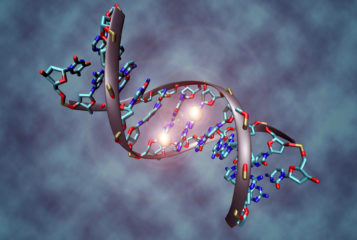Implications for paediatric biobanks of professional guidelines on genetic testing in children
The recent announcement that a paediatric biobank will be launched in the UK, raises important questions about genetic testing and return of information to participants...




